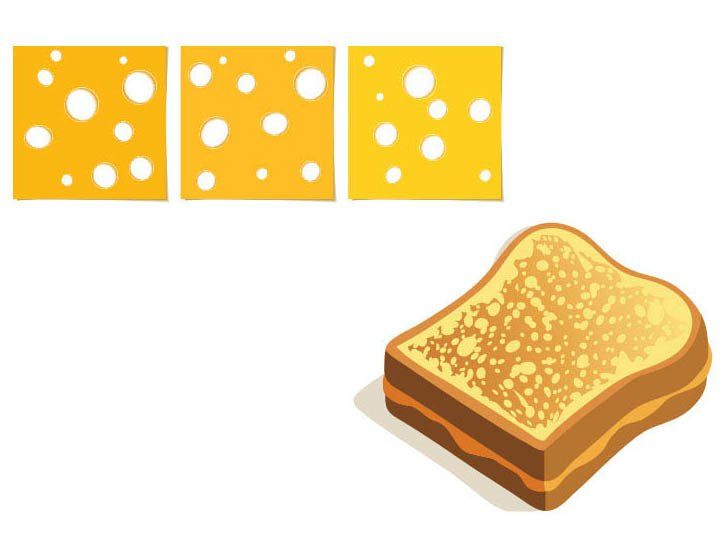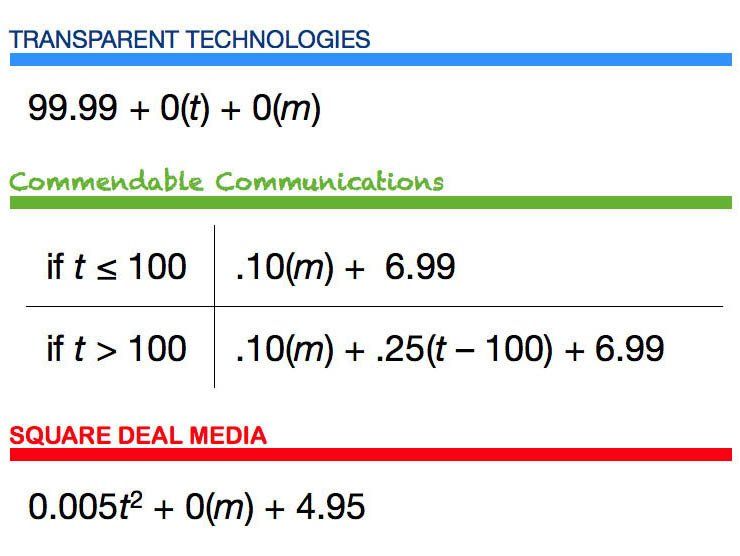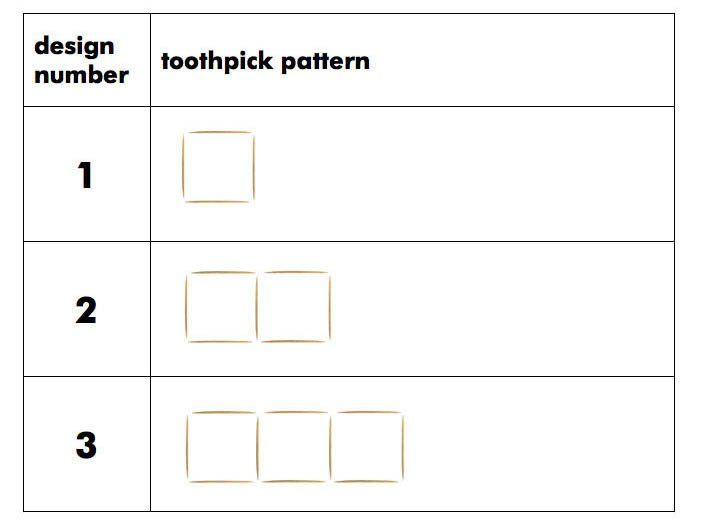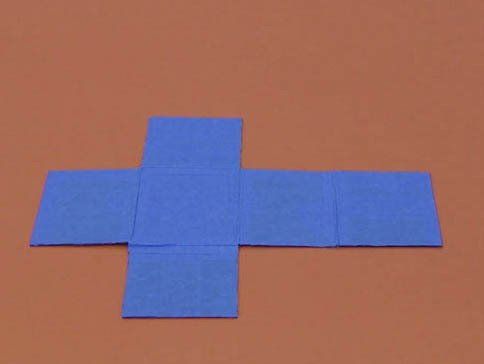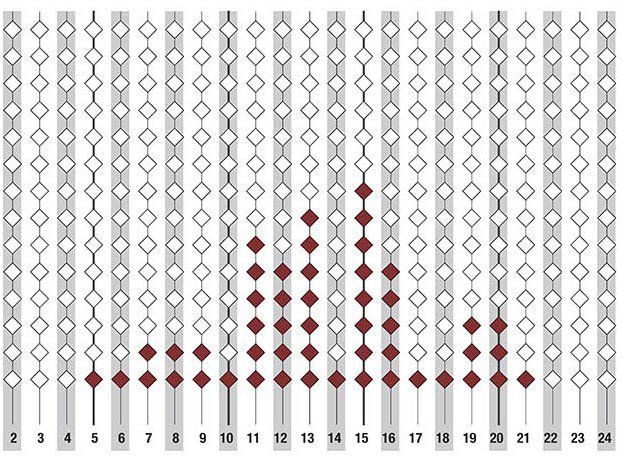Sixth Grade Poster Problems
The Intensity of Chocolate Milk
RATIOS AND PROPORTIONAL REASONING
Aligned to CCSS Sixth Grade Standard 6.RP - 1 and 3
In this problem, students are given a recipe for a mixture – making chocolate milk from chocolate syrup and milk. Given that recipe, students can use ratio reasoning when applying the recipe to different quantities. In later variations, not only do the ingredients vary, so does the quantity of the final mixture. With only 2 ingredients, the lesson offers students the opportunity to both examine the ratio of the ingredients and to analyze what occurs when this ratio changes.
No Matter How You Slice It
THE NUMBER SYSTEM
Aligned to CCSS Sixth Grade Standard 6.NS.1
Among the many topics in the sixth grade Number System strand is one of the least intuitive topics for both students and teachers: “Interpret and compute quotients of fractions, and solve word problems involving division of fractions by fractions, e.g., by using visual fraction models and equations to represent the problem.” Most teachers can use the “invert and multiply” procedure to divide fractions, and in many mathematics textbooks, fraction division is only taught algorithmically. This lesson plan explores fraction division in depth with the goal of building an understanding of why the standard algorithm, often called “invert and multiply,” works. The concluding activity is a Poster Problem presenting applied fraction division to illustrate the “why” and “how” of dividing fractions by fractions.
Rating Rate Plans
EXPRESSIONS AND EQUATION
Aligned to CCSS Sixth Grade Standard 6.EE - 1, 2a, 2c
This problem is meant to connect the familiar issue of cell phone rates to numerical expressions with variables. Students learn to attach algebraic expressions to particular real-world situations. Also, students interpret expressions explaining the rate plans of three fictional cell phone companies and recommend the best plan for certain users. A bit of misleading advertising appears in this problem for fun!
Toothpick Patterns
EXPRESSIONS AND EQUATIONS
Aligned to CCSS Sixth Grade Standard 6.EE - 2, 3, 4, 9
This problem helps to bridge the gap in student thinking from a pattern or story to a generalized arithmetic expression or formula. By the end of this problem, students will generate equations showing the number of toothpicks in a pattern that grows linearly. Since there are many ways to look at this problem, students may generate equations that look different but actually result in the same values. When this happens, we say that the equations are equivalent. A key part of this problem is highlighting the fact that equivalent expressions exist and that we can simplify expressions.
Knowing Nets
GEOMETRY
Aligned to CCSS Sixth Grade Standard 6.G - 1, 2, 3, 4
This problem is intended to open students' imagination and to create a discussion on important topics of the 6th-grade geometry standards: polygon area, prism volume, and nets. This lesson plan begins with a discussion of geometrical nets, and connects two dimensions representations to three-dimensional objects. This lesson also focuses upon the calculation of surface area.
Roving Ranges
STATISTICS AND PROBABILITY
Aligned to CCSS Sixth Grade Standard 6.SP 1–5, especially 1 and 4
In this poster problem, students will demonstrate their understanding of the central idea in the Grade 6 Standards in Statistics and Probability: Statistical questions anticipate variability. When you roll five dice and add, you can’t know exactly what you will get, but you can still predict a lot about the result. Students will also get practice with underlying concepts and tools: the collection of results forms a distribution; the distribution has a center and spread; and we can display distributions usefully in graphs, especially in box plots. Students use all of these together to make decisions and explain them coherently.



